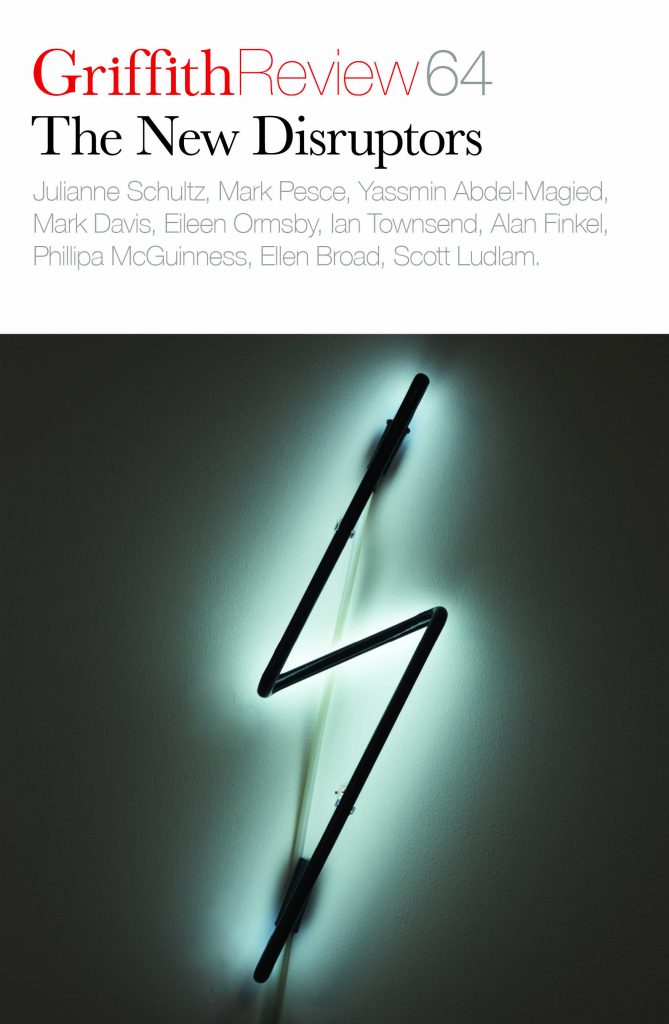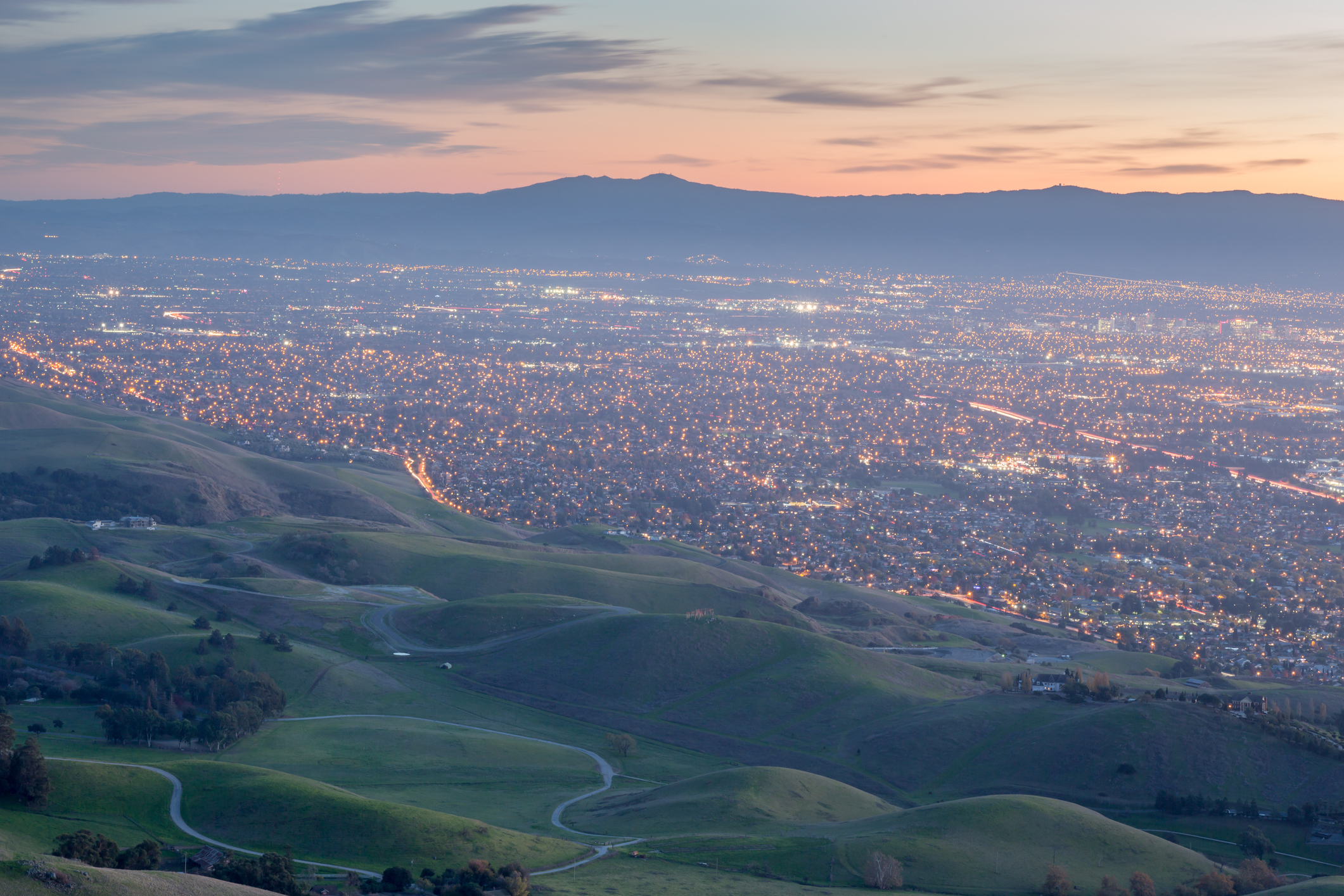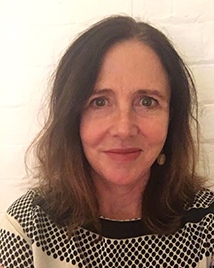Featured in

- Published 20190507
- ISBN: 9781925773620
- Extent: 264pp
- Paperback (234 x 153mm), eBook


Already a subscriber? Sign in here
If you are an educator or student wishing to access content for study purposes please contact us at griffithreview@griffith.edu.au
Share article
About the author

Jacqui Park
Jacqui Park is an editor, strategic designer and entrepreneur. She leads research and strategy for Splice in Asia and is a senior fellow at...
More from this edition

Risks and rewards
InterviewGriffith Review 64: The New Disruptors takes a wide-ranging look at the technological upheavals and innovations that define the way we live today. But...

I, cyborg
GR OnlineKEVIN AND BARBARA are cyborgs. They live in Coventry, England. They look just like you and me. They are just like you and me....

Networked hatred
EssayEVERY ERA IS defined by its sustaining myths. Among ours is surely ‘disruption’. The book that seeded the mythology, Clayton Christensen’s The Innovator’s Dilemma...